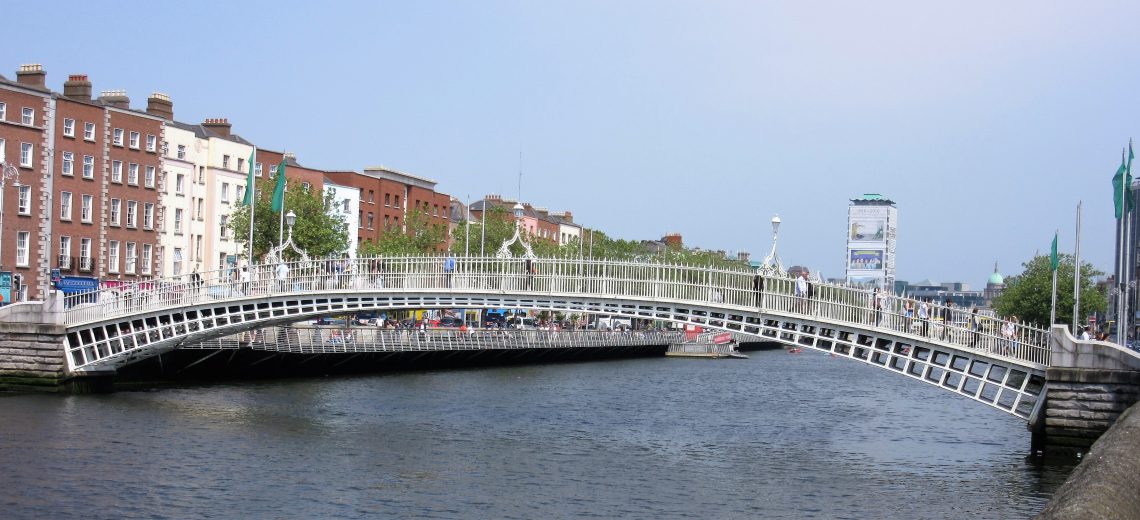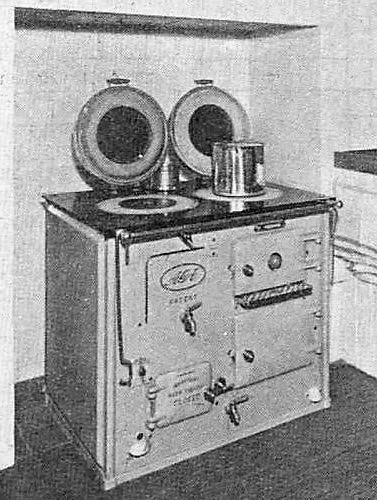The terms Aga cooker, Aga stove, and the shortened form Aga, denote a type of large, heavy heat-retaining stove or range, used for cooking and heating.
Aga, a Swedish proprietary name, is an acronym from Swedish Svenska Aktiebolaget Gasaccumulator, Swedish Gas Accumulator Company, founded in 1904, the original manufacturer.
The inventor of the Aga cooker was the Swedish engineer and industrialist Nils Gustaf Dalén (1869-1937), who was awarded the Nobel Prize in Physics in 1912.
In the United Kingdom, Aga cookers were first manufactured in 1929 by Bell’s Asbestos and Engineering Supplies, Limited, head office at Slough (then in Buckinghamshire) and London office at 157 Queen Victoria Street, London, E.C.4.
The earliest English use of the proprietary name Aga that I have found is from an article about the agricultural show that was to be held at Tunbridge Wells, Kent, published in the Sevenoaks Chronicle, Westerham Courier & Kentish Advertiser (Sevenoaks, Kent) of Friday 18th July 1930:
The advantages of the Aga Cooker are to be demonstrated by Messrs. Bell’s Asbestos and Engineering Supplies, Limited. An added attraction of this most efficient stove is its neat and compact appearance. It is as easy to keep clean as it is to regulate. The stove can be seen at the Leicester Arms, Penshurst.
After the opening of that agricultural show, the Kent & Sussex Courier and Southern Counties’ Herald (Tunbridge Wells, Kent) of Friday 25th July 1930 described the Aga cooker:
PRACTICALLY everything for the ideal modern kitchen was on view at BELL’S ASBESTOS AND ENGINEERING SUPPLIES, LTD., stall. The Aga Cooker, invented by Dr. G. Dalen, which was awarded the Nobel prize for physics by the Royal Swedish Academy of Science, excited the interest of every modern housewife. The Aga is unusually smart in appearance, and although somewhat different in design from the less modern type of cooker, its outstanding merits are easily recognised. A useful feature is that it provides a constant supply of about nine gallons of boiling water, and one full charge of the special Aga fuel filler will last twenty-four hours with coke and longer with anthracite. Two of these can be seen at the Leicester Arms, Penshurst.
The following description and illustration are from The New Cooking, published in Britannia and Eve (London) of May 1931:
A coke stove that costs but 2d. per day with coke at £2 per ton sounds like a householder’s dream, particularly as it does the cooking for twelve persons. It is, however, a very practical reality, designed by an eminent Swedish scientist.
It has a hot oven for roasting, with a cooler one beneath for the purpose of finishing foods cooked in water having been started on the hotplates on the top, and can be left in the cool oven on the haybox principle.
When the stove is not in use the air supply is just sufficient to keep the fire burning. By this organisation it is easy to roast, boil, fry or simmer dishes at one and the same time.
The Aga cooker is a coke stove designed by a Swedish specialist which costs only 2d. a day to run
From the association of Aga cookers with the British rural middle classes, Aga saga is a derisive term for a type of popular novel, typically set in an English village or country town, that deals with the domestic and emotional lives of articulate middle- or upper-middle-class characters.
Based on the resemblance of the two words that make it up, Aga saga was coined in Publishing News of 11th December 1992 by Terence Blacker (born 1948), English author, columnist, journalist and publisher. He applied it specifically to the novels of the English author Joanna Trollope (born 1943); in ‘Aga saga’ may be my phrase, but it’s not my style, published in The Independent (London) of Saturday 31st May 2003, Terence Blacker recalled this coinage:
Once, early in my writing career, I had written a column in Publishing News where I had passed comment on the new kind of fiction which Trollope was writing, tales of the troubled middle-class in the countryside — Aga sagas, as it were.
The earliest occurrence of Aga saga that I have found is from the column Standfirst, published in The Guardian (Manchester and London) of Tuesday 19th January 1993, in which Richard Gott, literary editor, wrote the following:
The Sunday Telegraph, despairing of Booker* novels that put “a positive premium on obscurity”, offered half a page of support for the middlebrow “Aga-saga” novels of Joanna Trollope, who (the paper claims) “has a following among Daily Mail readers with ideas above their station and Guardian readers who have seen the light.”
* Booker Prize: a literary prize awarded annually for a novel written in English and published in the United Kingdom during the previous year
The second-earliest instance of Aga saga that I have found is from the Irish Independent (Dublin, Ireland) of Saturday 5th June 1993, which published an interview by Jane Kelly of Nora Naish, “a 78-year-old English retired country GP who embarked on a writing career eight years ago”; in this interview, Nora Naish said of Sunday Lunch, her “steamy first novel”:
“There is no harm in my book, anyway. It is what they wittily call an Aga Saga, a tale of middle-class family life. In fact, all I’ve got is an electric stove that is 30 years old.”

